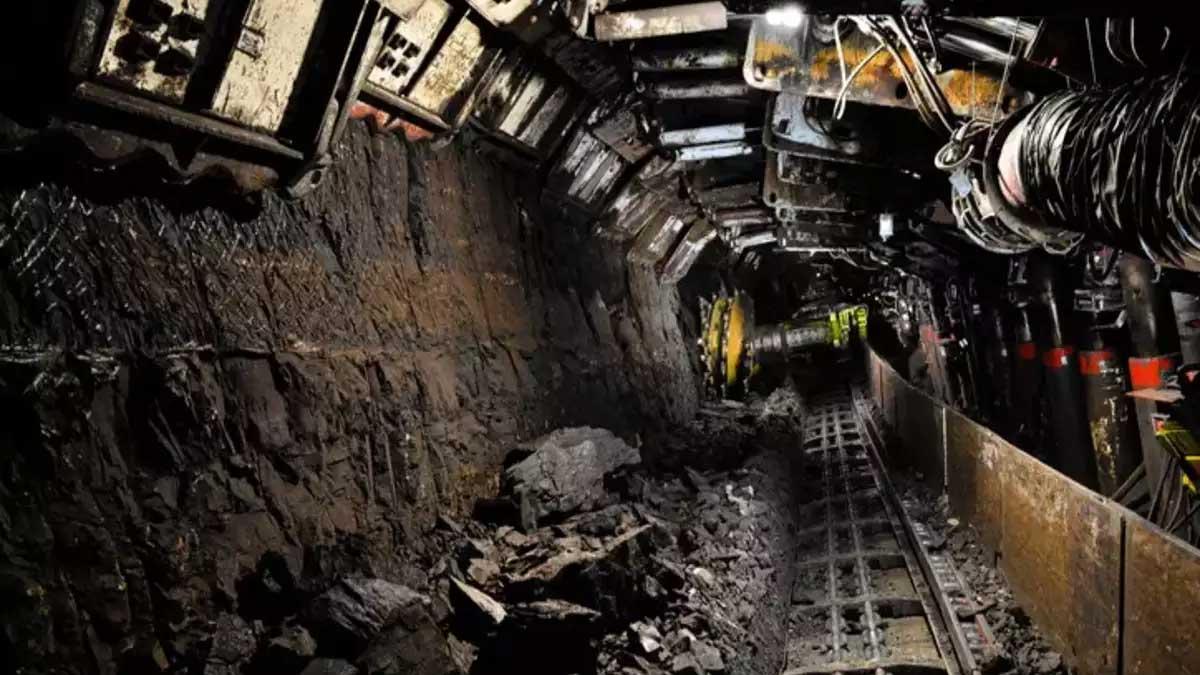Joseph Thomas, Head of Research, Emkay Wealth Management, said that the higher than expected inflation print has led 10-year government securities yield firming up and the liquidity condition has pushed the yields at the shorter end higher.
Over the near term we expect the yields to be volatile with an upward bias, he says, adding that the near-term range for 10-year government securities may be 7.15 per cent to 7.40 per cent.
Q. Indian bond yields has fallen in past few weeks, but after India's CPI inflation rising to 7 per cent in August, where do you see yields?
A. The bond yields are getting influenced by simultaneous play of multiple factors. While incoming inflation data and the inflationary expectations are the primary influencers, the systemic liquidity and the news flow around Indian sovereign bonds getting included in the global bond indices too play an important part. The higher than expected inflation print has led to 10-year G-sec yield firming up and the liquidity condition has pushed the yields at the shorter end higher. Over the near term we expect the yields to be volatile with an upward bias. The near-term range for 10-year G-sec may be 7.15 per cent to 7.40 per cent.
Q. Banks are making a beeline to raise funds via AT1 bonds, what are your views on this?
A. The fall in yields for the benchmark g-secs due to easing oil prices and an improvement in risk appetite of investors leading to increased demand for AT1 bonds has resulted in yields easing for these papers. While the 10yr g-sec yield has eased by around 30 bps from Jun'22 highs, the fall in yields for these bonds has been close to 50 bps. The banks may be coming out with issuances to take benefit of the fall in yields. From an economy point of view, it is a positive development, the banks bolstering their capital is an indication that they expect healthy credit growth to continue and they are improving their capability to support the same.
Also Read | Insurtech platform Zopper raises $75 mn, plans global expansion
Q. The equity market has seen volatility in last few days, how you see markets going forward?
A. The volatility is expected to continue over the near term, emanating from the stickiness in inflation numbers and the growth global central banks are willing to sacrifice to rein in inflation. The concerns regarding growth and changes in asset allocation in the wake of rising interest rates may result in enhanced volatility.
Q. What should be asset allocation strategy for investors right now?
A. At the current juncture we would suggest investors to base their asset allocation on the core tenets of financial planning such, risk appetite, investment horizon and goals, rather than making tactical asset allocation changes based on relative attractiveness. As discussed above, both the key asset classes (debt and equity) may remain volatile over the near term.
Q. Equity market has risen in last few days, so do you think is it a good time for investors to look at equity mutual funds schemes?
Also Read | Musk-Twitter battle: Jack Dorsey set to be questioned in court
A. Short term performances should not be the metric to base investments decisions on. Equities are a long-term investment asset class and should be treated as such. The volatility expected over the near term should be utilised by investors to accumulate equity assets. The investors would be suggested to stagger their investments and maintain diversified equity portfolios.


















